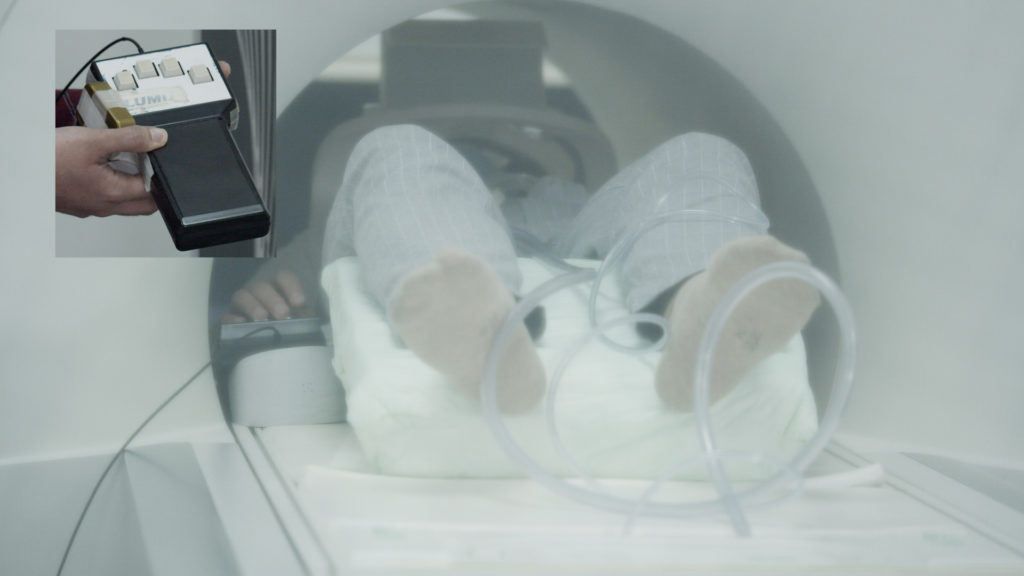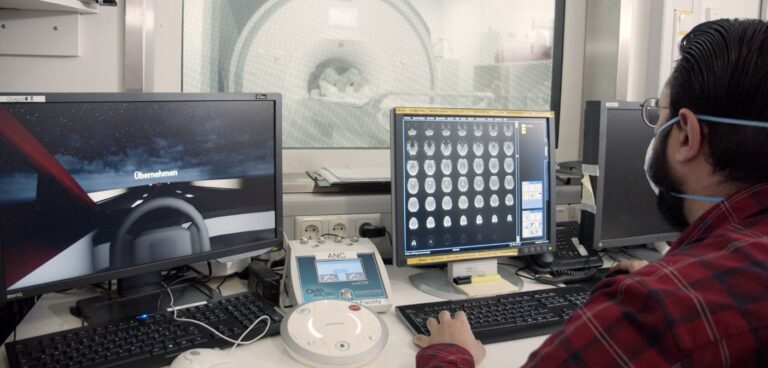Ford is conducting new brain research to develop faster and more accurate ways of identifying when drivers are tired, not concentrating or switching off at the wheel.
The OEM said driver fatigue could be a contributing factor in up to 25% of fatal and serious road incidents, with 40% of drivers not taking the recommended break every two hours on long journeys.
“The brain processes huge amounts of information when we are driving, but that may change as driver assistance technologies do some of the driving for us,” said Stefan Wolter, research engineer, research and advanced engineering, Ford of Europe.
“Drivers also get tired and their minds can wander. Identifying more quickly when this happens could be of critical importance.”
Working with neuroscientists, Ford is hoping that by identifying the brain responses that reveal lapses in concentration, it may be possible to match the scans to the physical manifestations – such as changes in heart rate or breathing. Should a loss in concentration become apparent, for example if a change in heartbeat variability was detected via wearable technology, the vehicle could then alert the driver.

Ford is conducting this research on mapping brain patterns to driver’s reactions with Uniklinik RWTH Aachen, in Germany. The testing involves participants completing a driving simulation while their brain activity is scanned by an MRI machine. A specially positioned mirror enables the participants to see the simulation on the screen.
The scenario, designed using gaming technology, involves a three-lane motorway at night where a vehicle in the middle lane brakes suddenly and the participant has to take over and move the car to the left or right, using a handheld device. The participants are also prompted by engine sounds to indicate which lane it is safe to move to.
The MRI machine scans the brain before and during these actions, while the researchers measure how quickly the participant reacts and if they make the right decision, and monitor changes to heart rate, breathing rate and other physiological measures.
“We believe that by capturing this data we could one day be able to generate unique physiological driver fingerprints so that drivers of the vehicles of the future can be prepared to react and to intervene immediately in case it is required,” said Professor Klaus Mathiak, head of psychoneurobiology and lead consultant for psychosomatic medicine, Uniklinik RWTH Aachen.
Ford added for more than a decade a coffee cup symbol has been displayed in the dashboard cluster of some of its vehicles to highlighted to drivers that they may be showing signs of fatigue and should take a break. It is now hoping this research project could take driver monitoring a step further and help ensure a smooth transition to driving vehicles with advanced driver assistance features.





